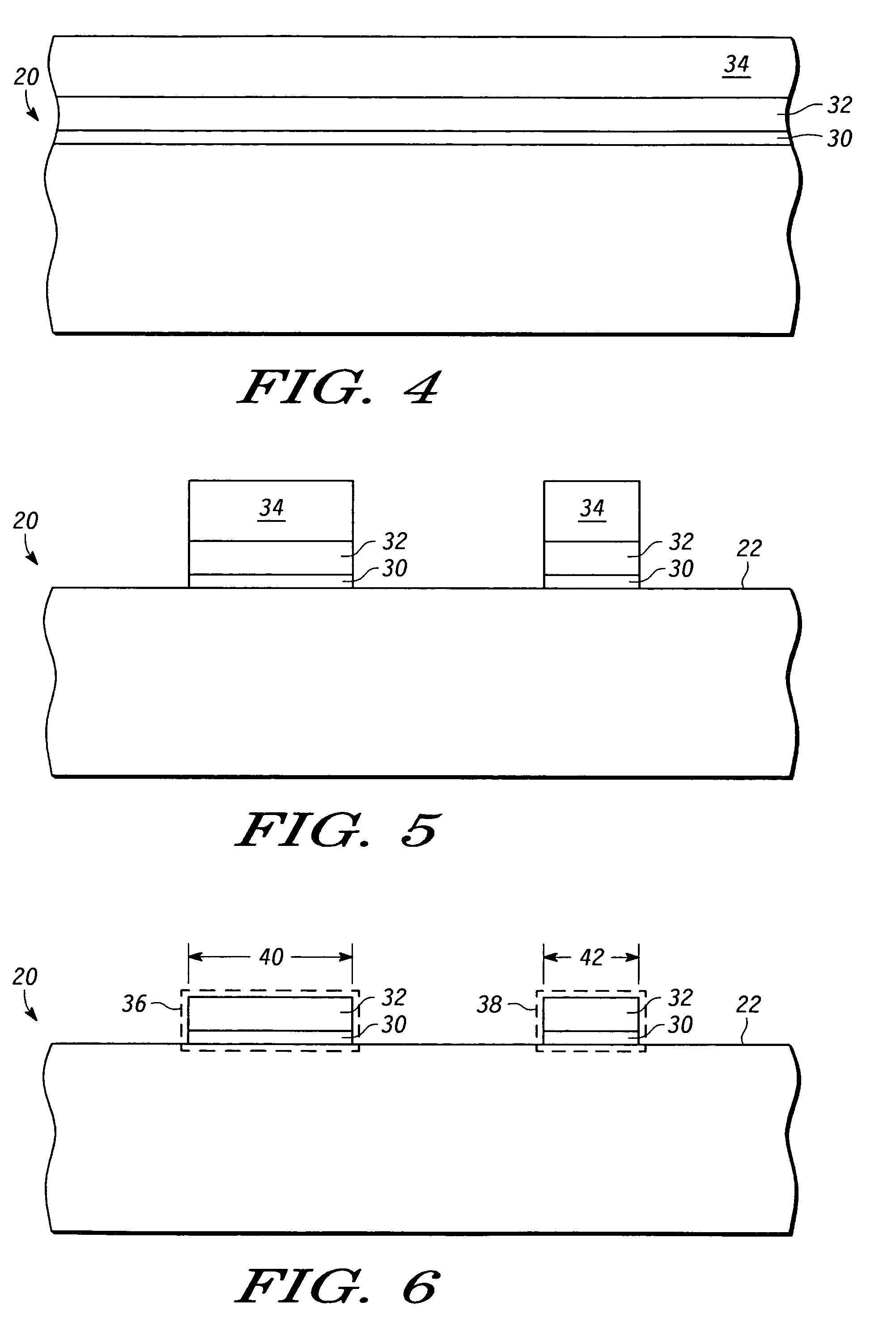Multi-gate semiconductor device and method for forming the same
a semiconductor device and multi-gate technology, applied in the direction of semiconductor devices, basic electric elements, electrical apparatus, etc., can solve the problems of device degradation and/or instability, complex integrated circuits, and incompatibility with current submicron processing techniques, so as to reduce the electrical field, improve hci immunity, and avoid severe hci damage
- Summary
- Abstract
- Description
- Claims
- Application Information
AI Technical Summary
Benefits of technology
Problems solved by technology
Method used
Image
Examples
Embodiment Construction
[0019]The following detailed description is merely exemplary in nature and is not intended to limit the invention or application and uses of the invention. Furthermore, there is no intention to be bound by any expressed or implied theory presented in the preceding technical field, background, brief summary, or the following detailed description. It should also be noted that FIGS. 1-12 are merely illustrative and may not be drawn to scale.
[0020]Referring to FIG. 1, there is illustrated a semiconductor substrate 20. The semiconductor substrate 20 is made of a semiconductor material, such as gallium arsenide (GaAs), gallium nitride (GaN), or silicon (Si). The substrate 20 has an upper surface 22, a lower surface 24, and a thickness 26 of, for example, between approximately 300 and 1000 microns. The semiconductor material of the substrate 20 may be of a first conductivity type, or doped with a first dopant type, and may include an upper layer of epitaxial silicon, as is commonly underst...
PUM
 Login to View More
Login to View More Abstract
Description
Claims
Application Information
 Login to View More
Login to View More - R&D
- Intellectual Property
- Life Sciences
- Materials
- Tech Scout
- Unparalleled Data Quality
- Higher Quality Content
- 60% Fewer Hallucinations
Browse by: Latest US Patents, China's latest patents, Technical Efficacy Thesaurus, Application Domain, Technology Topic, Popular Technical Reports.
© 2025 PatSnap. All rights reserved.Legal|Privacy policy|Modern Slavery Act Transparency Statement|Sitemap|About US| Contact US: help@patsnap.com



